CLICK ON BOOK TO PURCHASE FROM AMAZON
Now is the time for a Rational Scientific Method, and a hypothesis of the underlying physical mechanism unifying light, electromagnetism, and gravity. That would be the Rational Scientific Method. The first three Rational Science Books are now available for free in E book format. If you can't find them, send us an email and we will get one out to you.

Many thanks to friends of the Rational Scientific Method and Rope
Hypothesis facebook groups from whose dedication to rational
science I have drawn great inspiration and from valuable years of
discussions much of this material has arisen.
Many, many thanks to Bill Gaede for a rational Scientific Method,
Rope Hypothesis and Thread Theory, for his encouragement on these
books, for many hours of science discussion, and for giving me the
tools to understand the difference between fantasy and reality and
how to determine the difference between possible and not possible
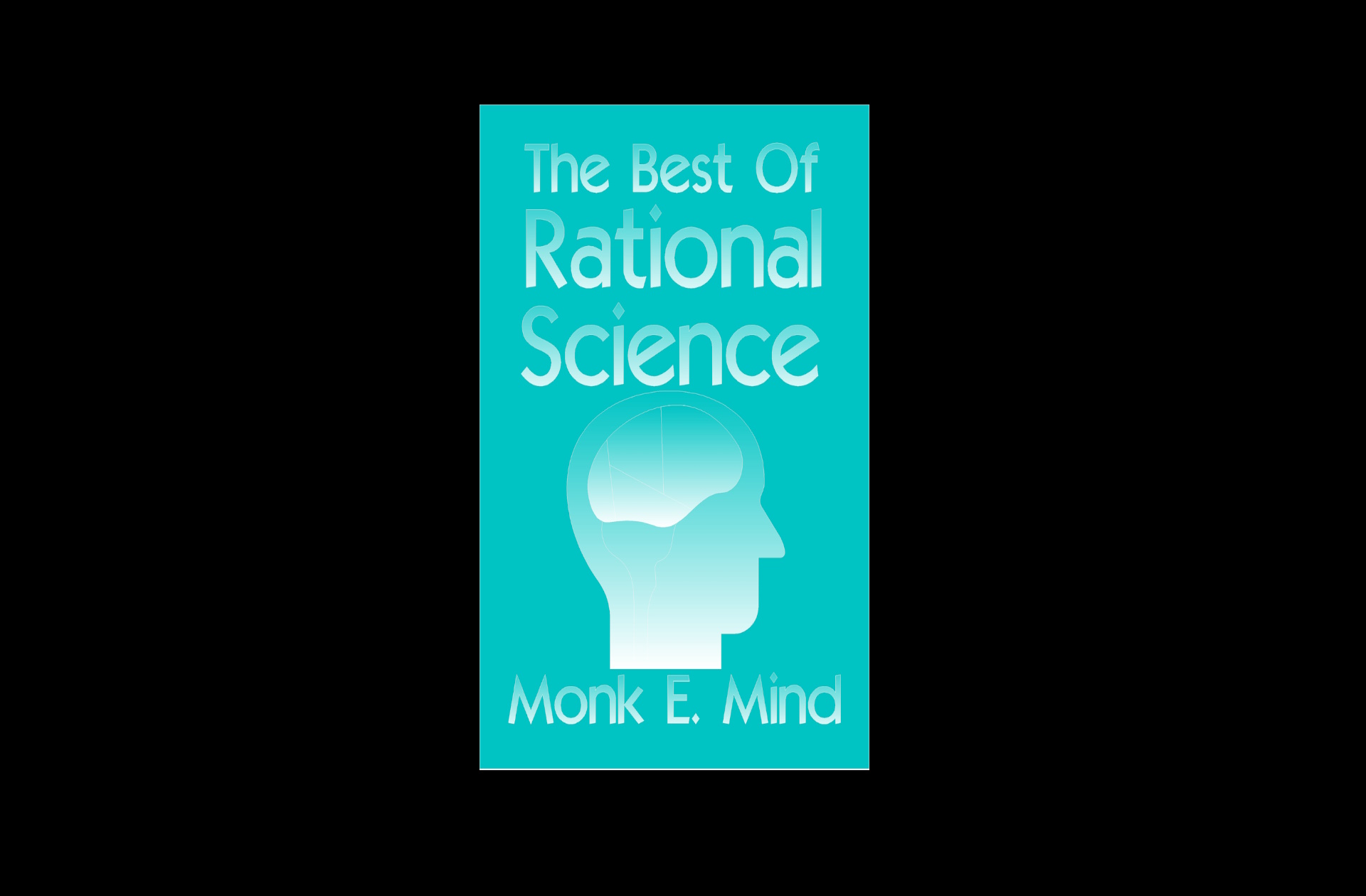
A collection of chapters from the previous five volumes in the seriesof Rational Science books. We discuss the difference between objects and concepts, hypothesis and theory and science and technology. What is science? What do scientists do? What is the Rational Scientific Method?
We learn about light, time and mass, Big Bang Theory, blackholes, and Mach's principle. We find out about dinosaurs and why they were so big. We look at a couple hypotheses on planetary and solar system formation.
From atom to sun, we learn to think about reality in new ways..
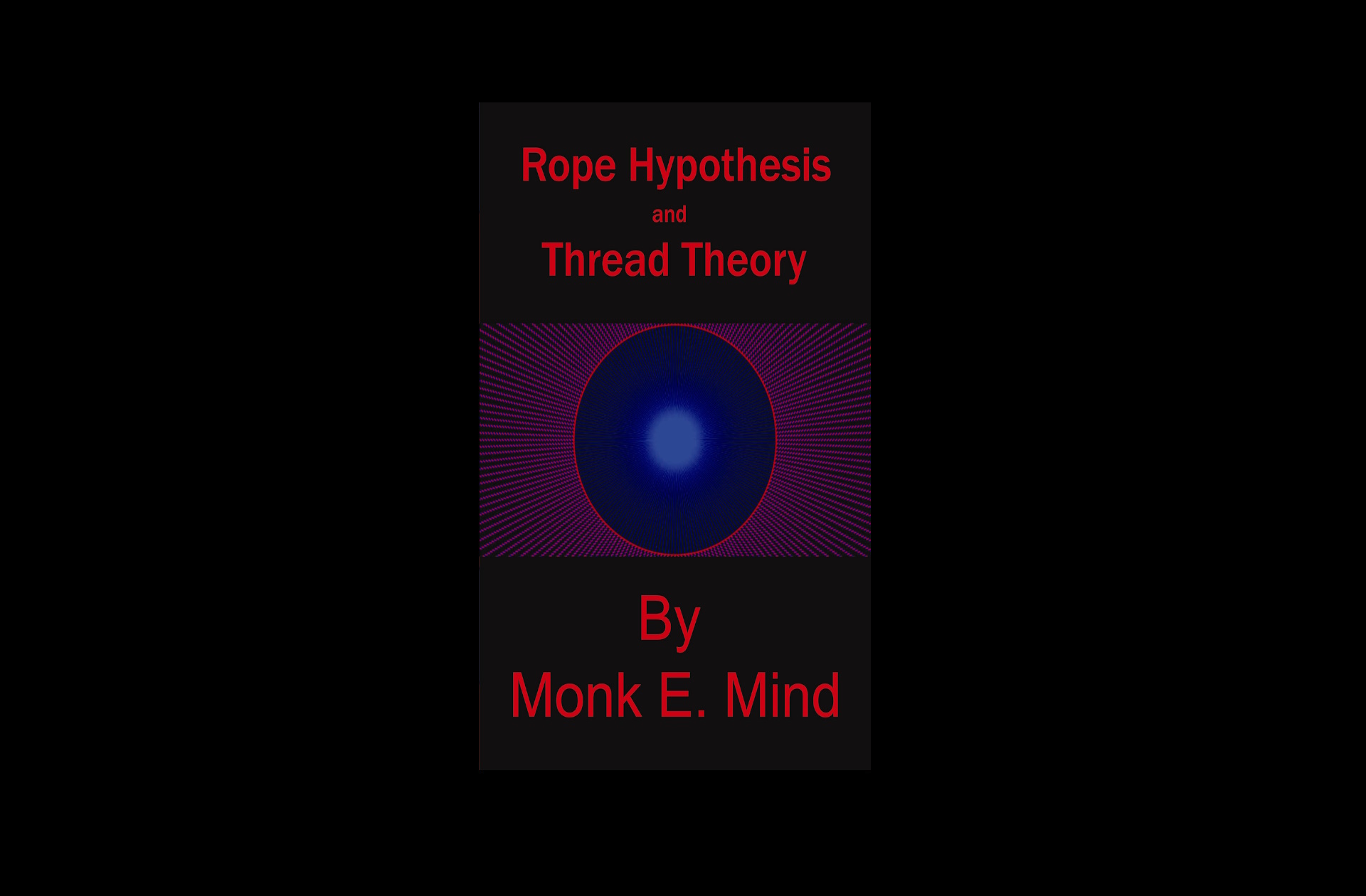
Rope Hypothesis & Thread Theory
Rope Hypothesis and Thread Theory is based on Bill Gaede's Rope Hypothesis. We apply the rope model to questions such as, "What is gravity, light, electricity and magnetism? What is thermodynamics, what is the difference between light and sound? What is plasma? How do batteries, antennas, and cathode ray tubes work? What is the difference between fundamental and composite objects? Does size scale make a difference when it comes to motion, friction, bending, stretching and tension? What is the difference between electrostatics and gravitation? What is atomic bonding? What are reflection, refraction and diffraction?
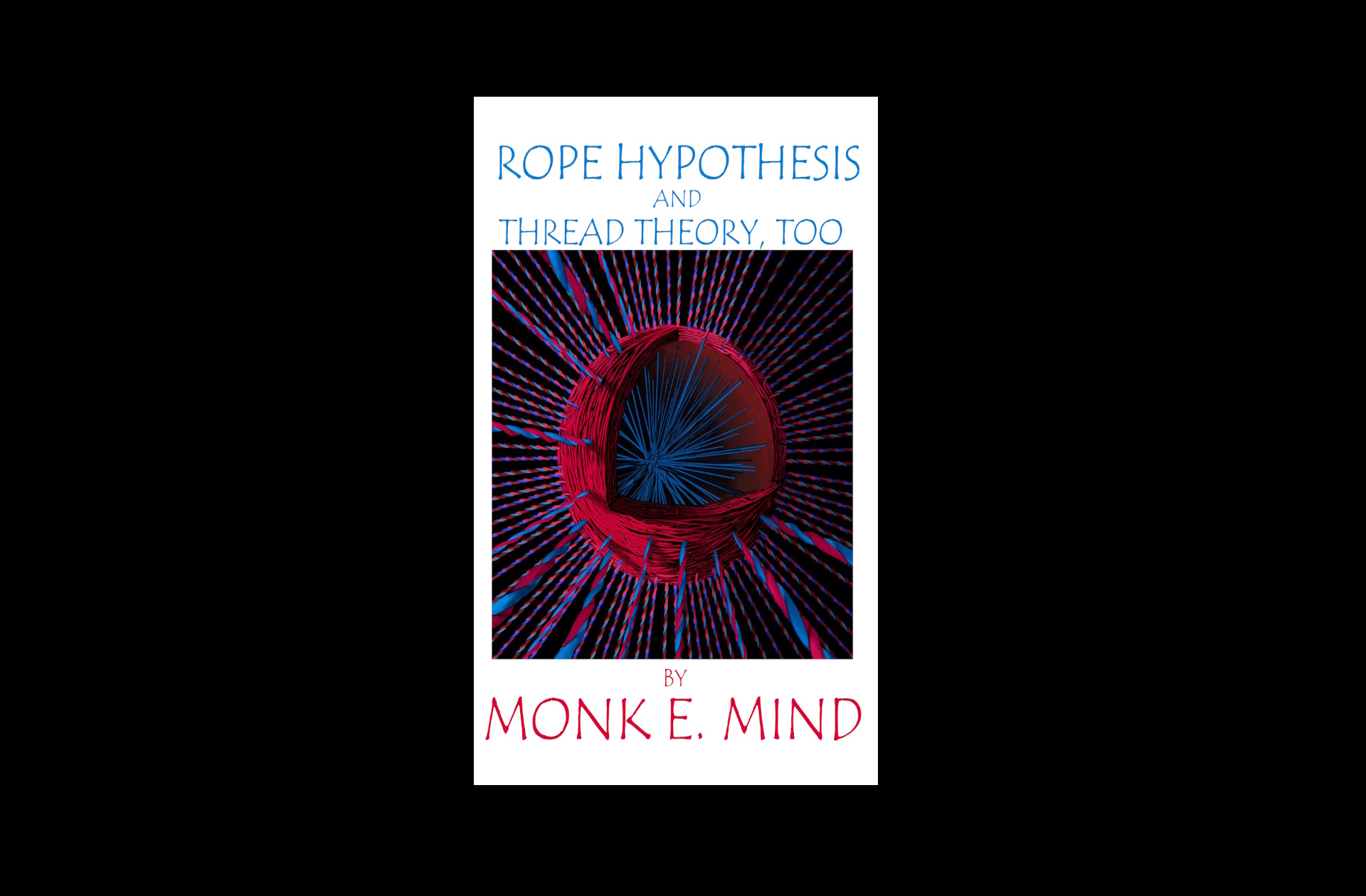
Rope Hypothesis and Thread Theory, Too
Rope Hypothesis and Thread Theory, Too picks up where one left off. This one is full of illustrations, because the language of science is ILLUSTRATION.
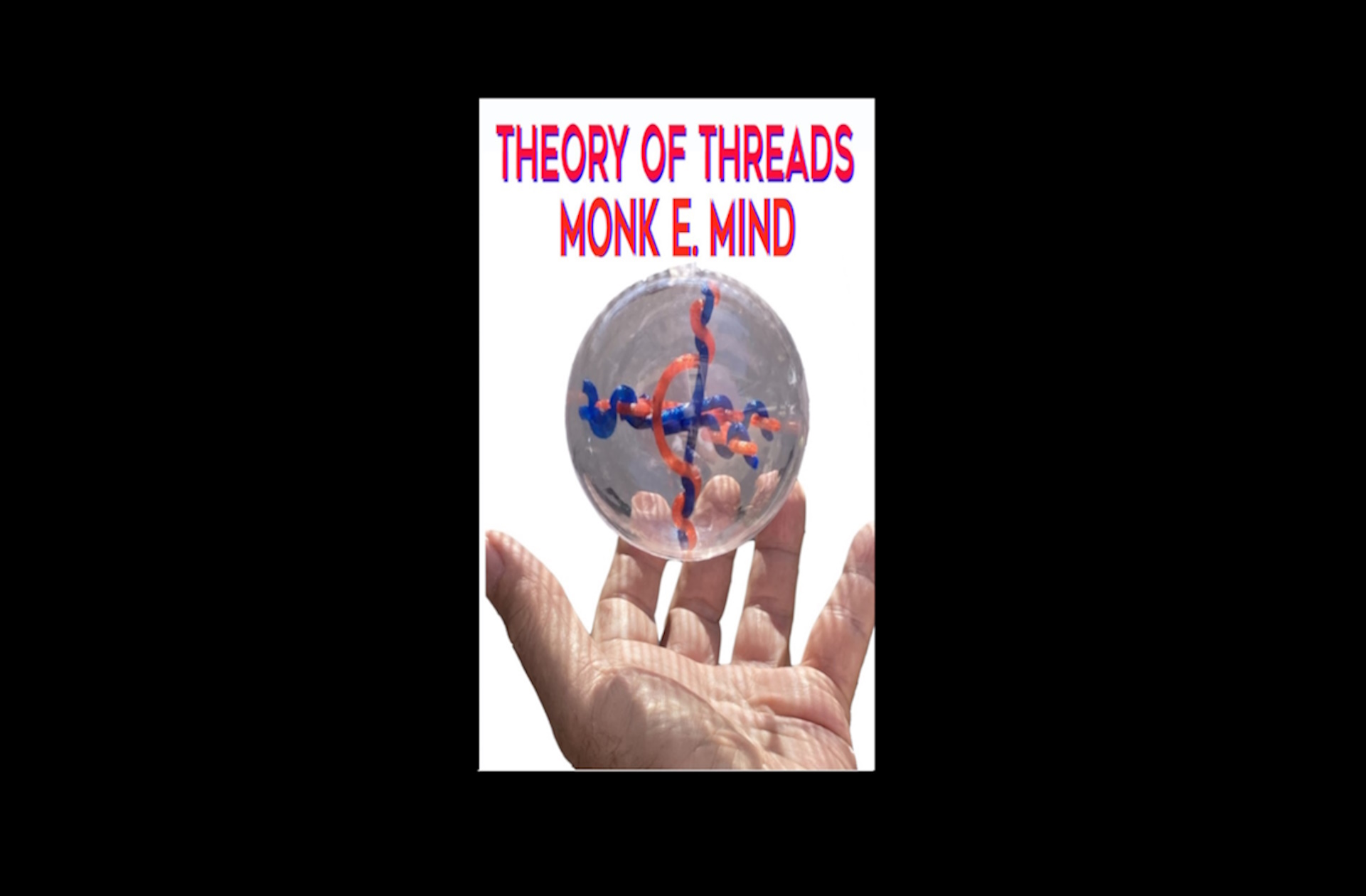
In previous books we learned that Rope Hypothesis provides the mechanisms by which a Theory of Threads can be used to explain light, electricity, magnetism and gravity. We've covered hundreds of subjects and poked fun at many of the ridiculous proposals of mathematical theorists.
This book, "Theory of Threads" uses the Rational Scientific Method and applies the Rope Hypothesis towards forming a Theory of Threads for Beta Decay, Isotopes, Thermodynamics, Maxwell's Equation, Alternating and Direct Current, Life and more.
The chapter on artificial intelligence is the first chapter in my next book, where I will propose a theory of Threads for consciousness and awareness. We understand that intelligence emerges, along with levels of consciousness or awareness from the interactions between neurons and neural nets, neural nets and the environment and because of feedback and feed forward between fundamental and composite objects, both locally and globally.
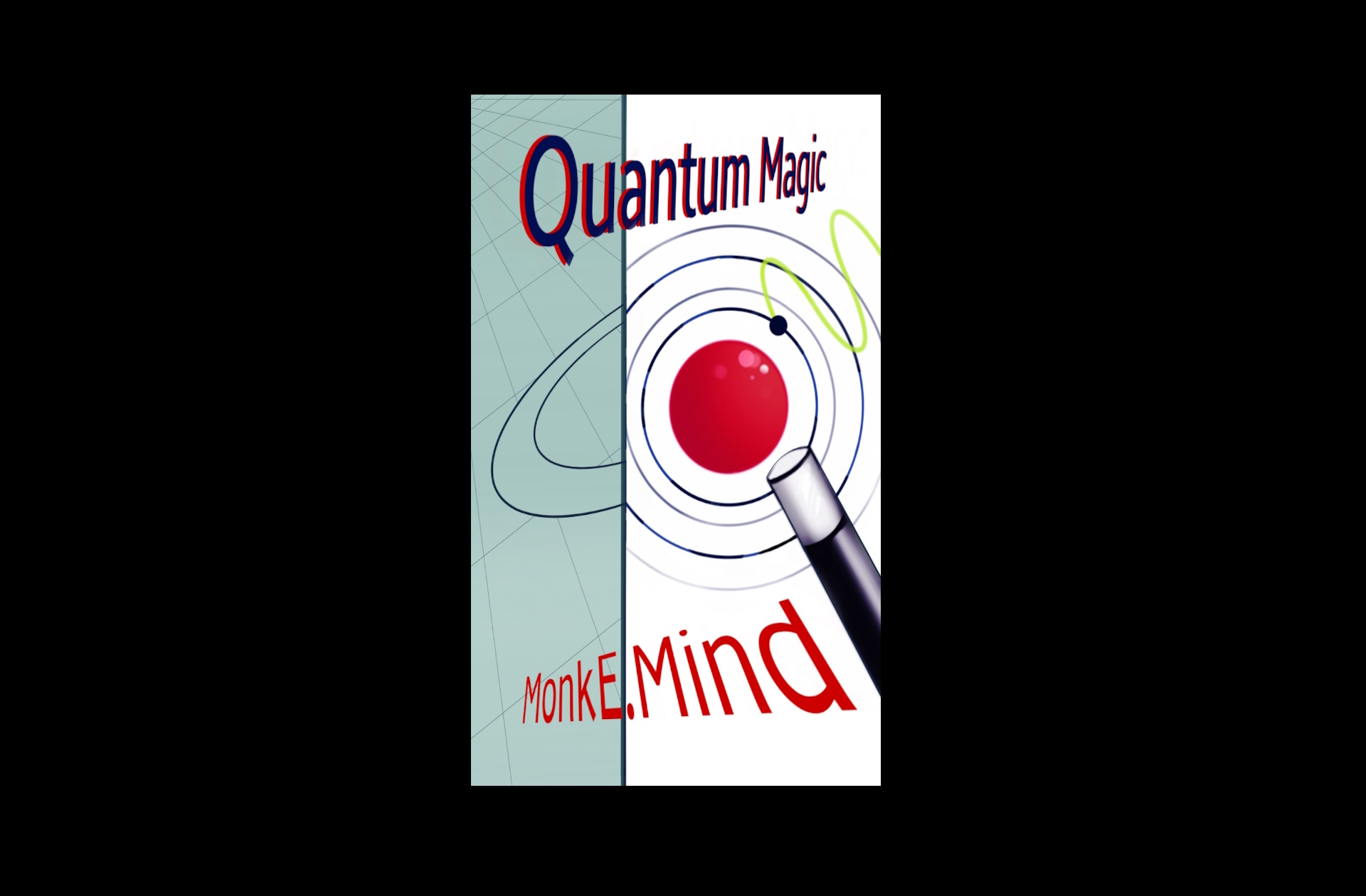
Modern physics studies the four "known forces" of nature; Gravity, Electromagnetic, Weak and Strong nuclear forces. However, "known forces" is a misnomer because hundreds of years of investigation have not lead to any clearer understanding. In short, scientists do NOT know what these forces are. In this book we will cover, with the luxury of detail, the history and current investigative nature of particle physics and the so-called forces.





